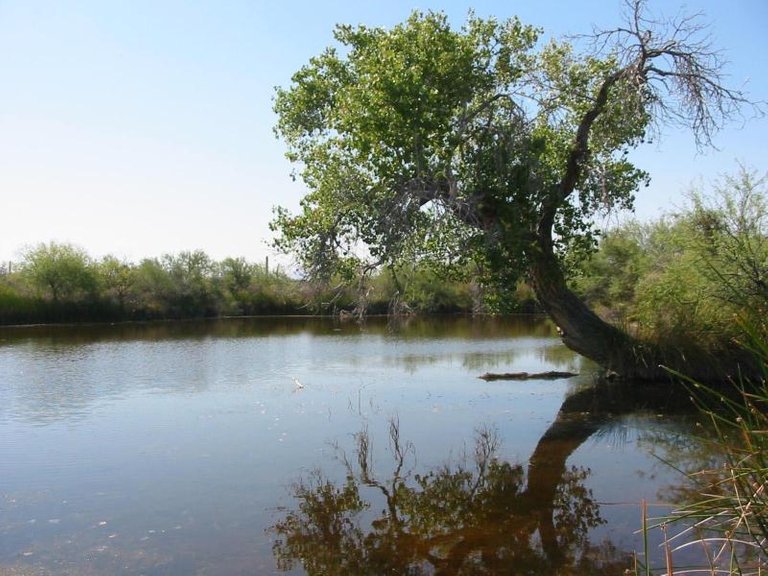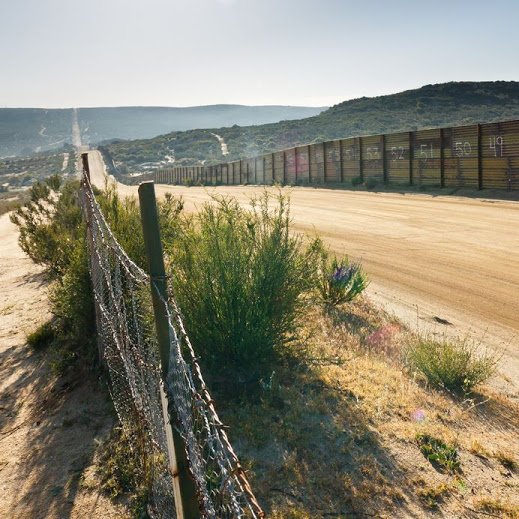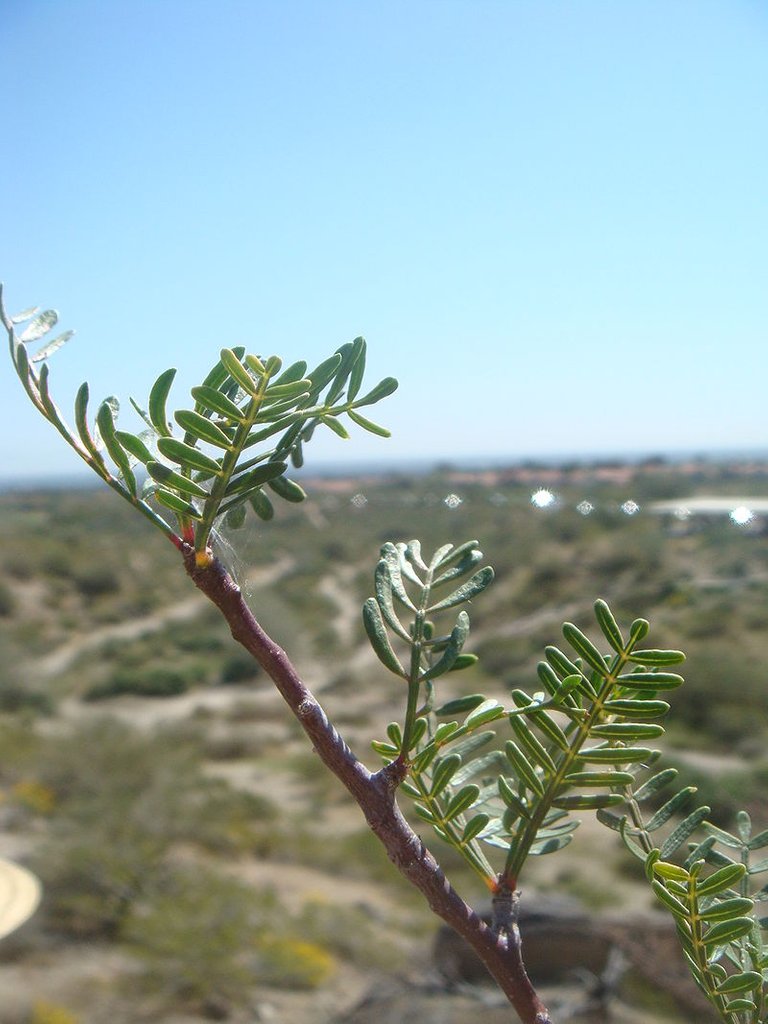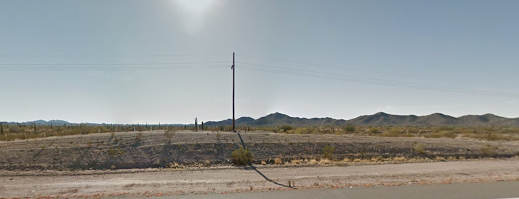Technically speaking, we weren’t being robbed at gunpoint,
...as the the man who now faced us just stared impassively while his friends ransacked our car with military precision. He stood with his feet shoulder wide, his left hand clasped over his right in which he held a Berretta 9mm, the muzzle pointed at the ground between his feet. There was nothing we could do but just stare back, Roger remained calm and managed to offer the marauders some encouragement :
“Have at it Boys!” “Go ahead…..yeah don’t need that jack anyway!”
And they did take the jack ….and every last thing in the car...the spare tire, both of our wallets and all of our shit…. bundled up neatly in our backpacks, in one fell swoop. They had driven up just as my friend and I had reached the far end of the parking area. We were stretching our legs before our long drive north. A crash startled us and we turned to see the men efficiently absconding with our belongings after shattering a window and piling into the bed of a black Chevy Silverado pickup truck. When they were all in, the man with the gun joined them and they unceremoniously made their way back over the border and on to rt. 2 heading east, in Mexico.
It wasn’t the first, or last time, that I had found myself somewhere with nothing but the shirt on my back
...but it was, for my friend and I,.. the end of an era. We had had a good run, and this border desert had been a place of solace and refuge, as well as inspiration over the previous years. But, clearly, these were different times. We walked solemnly back to the car, resigned...and then past it to the border fence where there was a gate and a cattle guard, the only barrier to entry from mexico. To the Tohono O'odham this was a sacred place, Quitobaquito, one of only two perennial springs in the whole region and also the sight of one of the oldest continually inhabited indigenous communities in the states... until it became a national monument under Roosevelt in the thirties. The O'odham still had the right to cross the border to access this ancient place, hence the gate.
Quitobaquito Springs

https://www.nps.gov/media/photo/gallery.htm?id=01CB633D-155D-451F-67143A5BB02FC6E9
Roger and I had just spent the last night camped in the desert west of here, a sight well known to us, near an ancient elephant tree. The tree had been a sort of botanical quest, many years earlier on our first foray into the Sonoran desert, a lone tree, rare and ancient, perched on a hillside with a beautiful view across the border and the island mountains, beyond which lay the Sea of Cortez.
https://en.wikipedia.org/wiki/Bursera_microphylla
“ Yeah it’s probably the federales, they have a checkpoint on the highway down there”“ you can see the pickup sitting down there from the road”
...and indeed you could
The view from south, towards the Sea of Cortez from Rt. 2 on the Mexican Border:
We drove all the way to Tucson in silence. Luckily we had a full tank of gas and in Tucson we managed to borrow enough cash from friends for gas to get home. It was our last semester at The University of Colorado, mine as an undergrad and Roger as a P.H.D., we both studied botany. Roger was a plant biochemist whose work had to do with how desert plants dealt with high levels of damaging U.V. radiation after photosynthesis ceased, due to the use of all available Co2 ( temporal displacement of co2 uptake in CAM plants,photon shunting, and, secondary pigments) I was studying ethnobotany and had a passion for medicinal plants. We both were inspired to visit this place after learning of it from a mutual mentor and advisor, botanist Jane Bock and the writings of her first grad student, Gary Nabhan. Nabhan writes beautifully of this place and of the Sonoran desert and ethnobotany in the book “ the desert smells like rain” a must read for all desert rats.
https://www.amazon.com/Desert-Smells-Like-Rain-Naturalist/dp/0865470502
https://en.wikipedia.org/wiki/Xanthophyll#Xanthophyll_cycle
http://janehbock.com/books-by-authors/
That first trip was revelatory and the ranges and basins of the borderlands had become somewhat of an obsession in the intervening years..
I had spent many days with nothing but a gallon jug of water, traversing most of the western side of the park, south to north but that first year was dreamlike . We had left from Denver in a blizzard, it was mid march. Roger,myself and our friend Debbie. None of us had ever been to the Sonoran desert before and we weren’t prepared for the almost hallucinogenic explosion of flowering plants here . It was a banner year, continual early rains had spurred a huge bloom , the biggest in a decade, some said. We arrived to 87 degrees and the most fecund display of natural beauty I’ve ever witnessed. The basin floors surrounding the volcanic island mountain ranges of Organ Pipes Monument wore a carpet of flowers of all sizes and colors it seemed, every cactus was in bloom ; the barrel cactus, the prickly pear, the saguaro and the organ pipe cactus, all in bloom. Across the border in the pinacate, in the mars like expanse of the gran desierto reserve, pure white sand dunes had magically transformed into vast expanses of flowers. We wandered the desert for days, much of the time solo. I’d do 15 mile loops, much of the time off trail, just going where things interested me.
On these treks over the years I had increasingly run into people heading north, mostly solo and with very little belongings, but up to groups of twelve or more, all of them seemed to be scared, I couldn’t make out who, if any were the coyote. None of these incidents ever alarmed me and I often wonder how those people made it from the border north to the highway and beyond. None of them ever seemed to be carrying enough water and it is many miles of hot dry desert with no water the whole way. Quitobaquito is the last water source and as in antiquity, an essential place for people to stop, water, and be on their way. An obvious gathering spot and source of life, a desert oasis, now was quite a dangerous place.
That was 1998 when we were robbed and the following years were darker and more violent on the border. Four years later a park ranger was gunned down in this same spot in a shootout that included; Park Rangers, Border Patrol with ground and helicopter units as well as Mexican Police vs. narcotraficantes. The Park Ranger was hit in the armpit with an AK_47 round, his body armor was zero defense and he was another victim of the ongoing crisis that has turned the border into a low grade war zone.
I view the border as a membrane, an invisible and arbitrary line that cuts across a landscape, regardless of the natural flow of energy; water, wind, people, money, drugs that may want to flow across it. A large pressure gradient of things has been built up ; wealth, education, quality of life, opportunity, a great disparity from one side to the other. As long as there is that disparity, people and cash and drugs and money will all find a way from one side to the other whether Donald Trump builds the highest wall or an abyss of a trench. The system will seek equilibrium, that’s how I see it.
The cash flow alone and the astounding profitability of the Mexican cartels (say what you want about these guys, they're good earners) assures that closing the border is a losing battle and the drug war bears most of the blame for this. I choose to look at it pragmatically and to me the war on drugs has only succeeded in providing price support for the products which make the cartels so rich and powerful. The war for this wealth and power is a very real war in Mexico and has corrupted the nation to it’s core and victimized the people ruthlessly. Many of these people crossing the border were, and are refugees in one sense from an ongoing war the scale of which most People in the U.S. are completely unaware of. The sinaloa cartel alone has estimated earnings of $ 3 billion dollars a year. That 3 billion dollars has a lot of inertia, the cash isn’t just going to all stop flowing, magically, once a wall is built.
This is the reality of the situation. If you are going to address the border then this is the number one real issue to be talked about and without addressing it nothing will ever improve on our borderlands. There is too much money, that money brings enormous power and influence. Corruption is built in,it’s an economy built around this dystopic ideological clusterfuck of misplaced morality and imposed barriers. The risk to reward ratio and desperation is such that people will line up to risk their lives for one payment as a mule, to just get across the border and have one shot at a less miserable existence or to earn those magical dollars the drug trade produces so well.
Donald Trump or anyone can talk about building a wall...
but no wall or artificial barriers can survive such a huge pressure gradient, such a disparity from one side to the other . The issue of price support for illegal drugs must be addressed and to me the only pragmatic approach is ending the war on drugs. The war on drugs regardless of your ideological leanings has been nothing but an ongoing disaster and money drain for the U.S. and has left generations of war victims in its wake. The flow of drugs and cash is unceasing, it is a huge source of profit and the black economy just grows and grows along with the size of government and the prison population(the largest anywhere, ever). No wall will ever solve the problem and nothing will improve until the underlying economic disparities(including the price of drugs) are addressed, but I fear too much money is being made here for anything to really be done. That’s what the real pragmatist in me says.
For further reading :
_r=0://www.amazon.com/Down-River-Drugs-Murder-Family/dp/0743244575/ref=sr_1_4?s=books&ie=UTF8&qid=1470434627&sr=1-4&keywords=Charles+bowden
http://www.nytimes.com/2012/06/17/magazine/how-a-mexican-drug-cartel-makes-its-billions.html?_r=0
#life




This is really nice writing, it sounds (and looks) like a really amazing place. I'm curating some of the best #longform writing on Steemit and would like to include this piece - if you've seen anything else that you liked, let me know.
Thank you @sunjata
I enjoy your writing as well, wish it was rewarded better!
Thanks, I appreciate that. I'm actually pretty happy so far - I've only started putting my writing out in public this year, and I've earned more from what I've written in the past three weeks than from everything I've written in the past couple of decades. That's not bad.